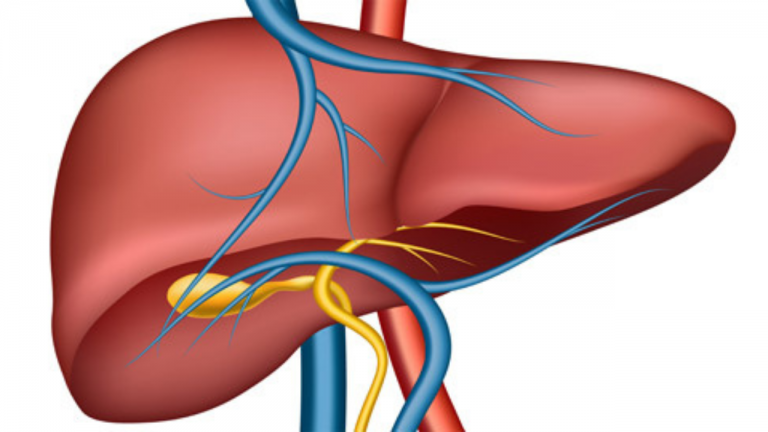What is the Difference Between Saturated and Unsaturated Fats, and How Do They Impact Cardiovascular Health?

Saturated and unsaturated fats are two types of dietary fats that have different chemical structures and properties. Saturated fats are typically solid at room temperature, while unsaturated fats are typically liquid.
Saturated fats are found in animal products like meat, dairy, and butter, as well as some plant-based oils like coconut and palm oil. They have been shown to increase levels of LDL (“bad”) cholesterol in the blood, which can increase the risk of cardiovascular disease, including heart attack and stroke.
Unsaturated fats, on the other hand, are found in foods like nuts, seeds, fish, and vegetable oils like olive, canola, and avocado oil. They are typically broken down into two subcategories: monounsaturated and polyunsaturated fats. Monounsaturated fats are found in foods like olive oil, nuts, and avocados, while polyunsaturated fats are found in foods like fatty fish, seeds, and soybean oil.
Unsaturated fats have been shown to have a beneficial effect on cardiovascular health when consumed in moderation. They can help lower LDL cholesterol levels, reduce inflammation, and improve blood pressure. Polyunsaturated fats, in particular, are rich in omega-3 fatty acids, which have been linked to a reduced risk of heart disease and stroke.
Overall, it’s important to consume a balanced diet that includes a variety of healthy fats while limiting saturated and trans fats, which have been linked to an increased risk of cardiovascular disease. The American Heart Association recommends limiting saturated fat intake to less than 10% of total daily calories and replacing it with unsaturated fats.



